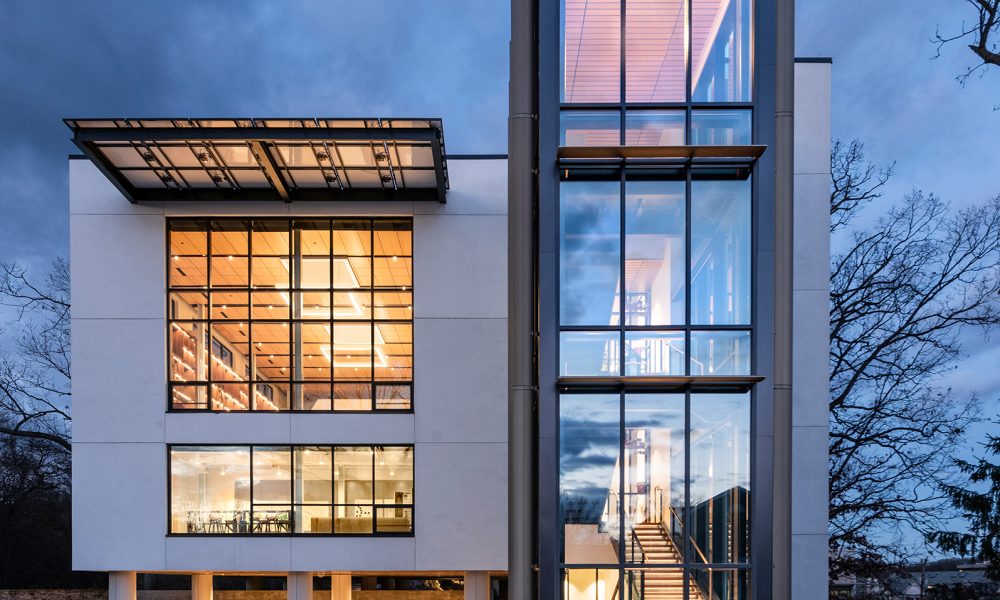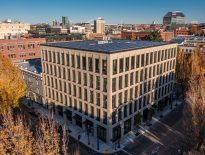In this insightful interview, architect Jason F. McLennan speaks with publisher Michael Berrisford about the enduring impact of McLennan’s book, The Philosophy of Sustainable Design. Originally published 20 years ago and now in its seventh reprint, the book remains a cornerstone in the green building industry.
McLennan, the mind behind the Living Building Challenge and author of seven sustainability books, shares his journey and the book’s continued relevance. Berrisford, Editor-in-Chief of ILFI’s Ecotone Publishing, offers his perspective on their longstanding collaboration. Enjoy their conversation as they delve into the principles that continue to inspire and inform the industry.
In 2004, you published your seminal book, The Philosophy of Sustainable Design (POSD). Can you take us back to the circumstances of your career that led to its creation?
In the early 2000s, there was a glaring absence of comprehensive resources on sustainable design in architecture. I was committed to sustainability and saw the need for a book that holistically covered the principles of sustainable design. By 2004, I felt ready to fill this gap, providing a guide that balanced nature, art, technology, and materials.
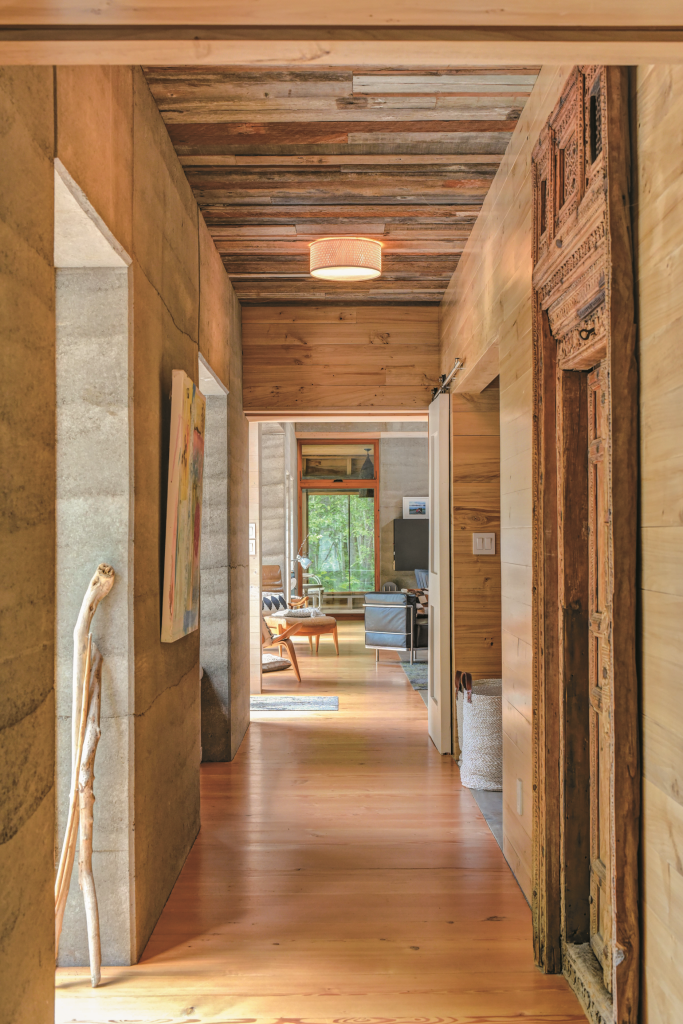
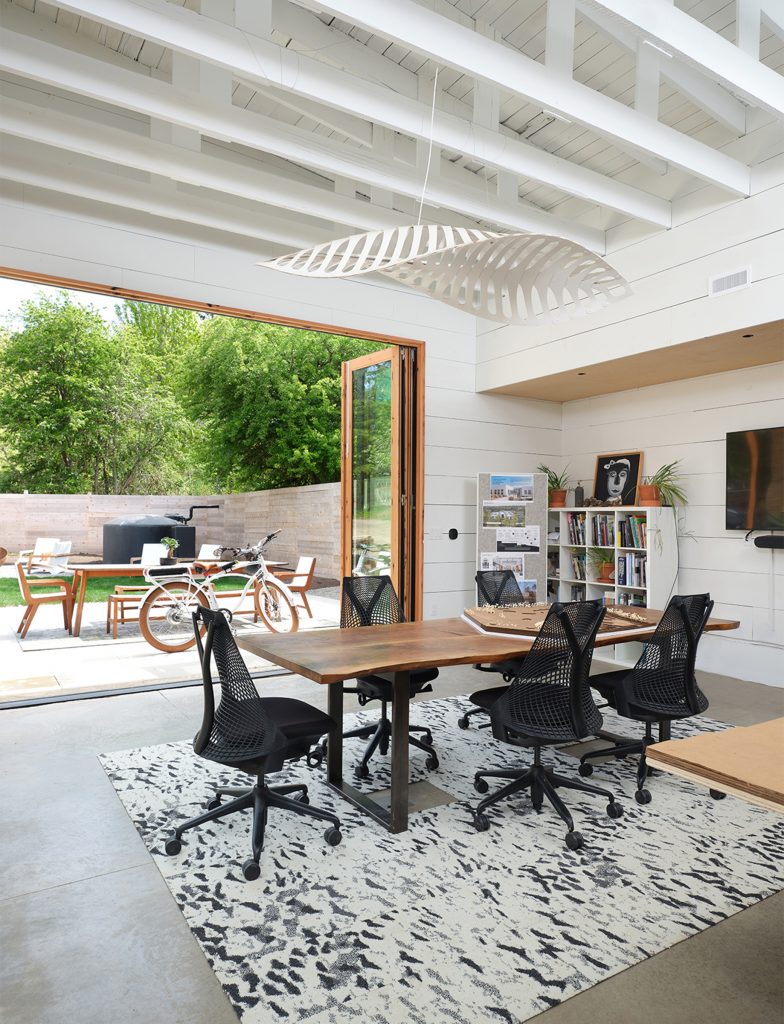
POSD has been utilized in over one hundred design schools, reprinted seven times, and translated into several languages. Why do you think it remains relevant after twenty years?
The book’s deep green design philosophy and principles are timeless. Concepts like Respect for the Wisdom of Natural Systems, Respect for People, and Respect for Energy and Natural Resources remain crucial. While some technological details may be dated, the core philosophy ensures the book’s longevity in academic and professional settings.
What are the most enduring principles of sustainable design addressed in POSD?
The overarching philosophy of holistic thinking is central. The book is not about checklists or specific aesthetics but about a comprehensive approach to design. I emphasized “respect” to reframe the dominant paradigm of exploitation to one of stewardship. This holistic approach, addressing interconnected issues simultaneously, is still unique and crucial today.
How has POSD served as a blueprint for evolving the AEC industry?
POSD introduced concepts like Living Buildings and material ingredient transparency, which have become industry standards. It has influenced many designers, providing them with tools and language to build consensus with clients and peers. The book continues to impact professionals who were introduced to it early in their careers.
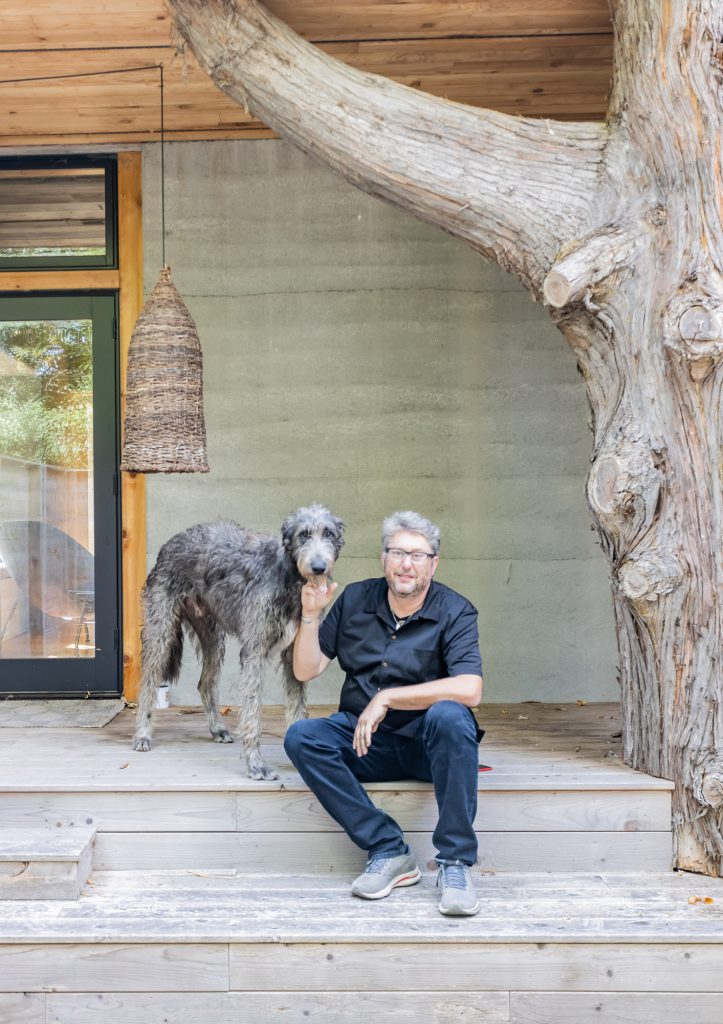
What’s the role of love in regenerative design?
Love and passion are essential for alignment with our values and for creating beneficial changes. Regenerative design professionals must act from a place of love for all life and nature. I encourage consistency in values and actions, highlighting the importance of love in our decisions for a sustainable future.
Why is looking to nature for solutions more important today than ever before?
With ecological systems undermined worldwide, regenerative restoration is urgent. Solutions must be based on working with nature, going beyond minimizing harm to actively healing the environment. This philosophy is embedded in the Living Building Challenge and must be central to any sustainable design approach.
Is there a The Philosophy of Sustainable Design 2.0 in your future?
I envision a new edition with updates on recent approaches and technologies while maintaining the original philosophical framework. Expanding on regeneration and refining the content to reflect current advancements is essential. It’s a matter of finding the time to research and write.
Is your copy of The Philosophy of Sustainable Design dog-eared, “borrowed,” or otherwise missing from the office resource library? Do you know of a colleague who may be interested in exploring the holistic principles of regenerative design? In any case, we have you covered at ILFI’s new Marketplace for all things to do with publications, membership, and education.
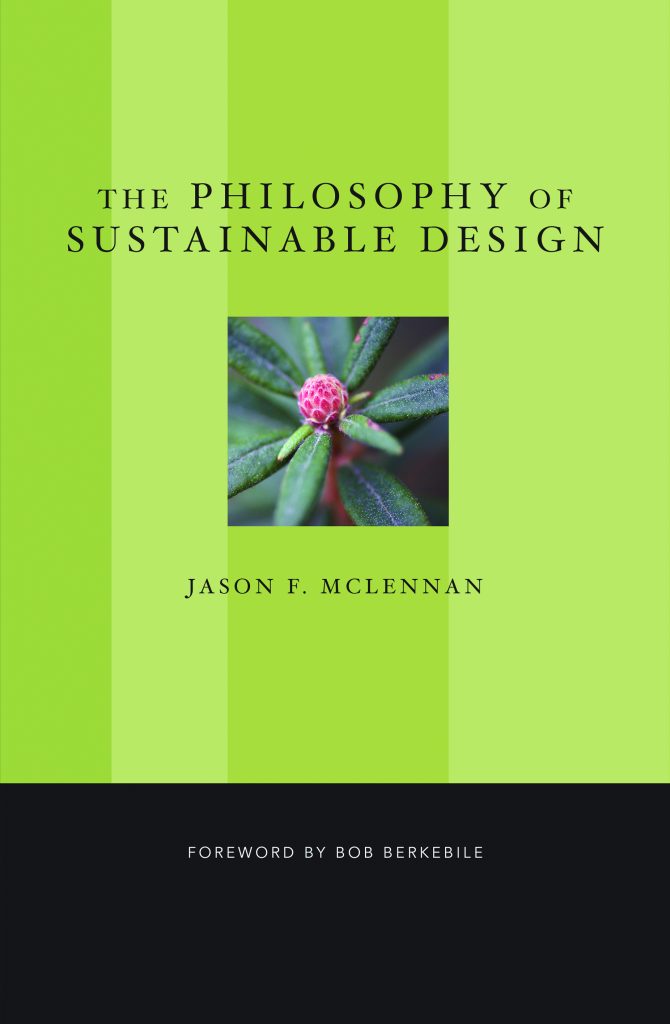
Featured image: HMTX. Photo by Anton Grassl.
